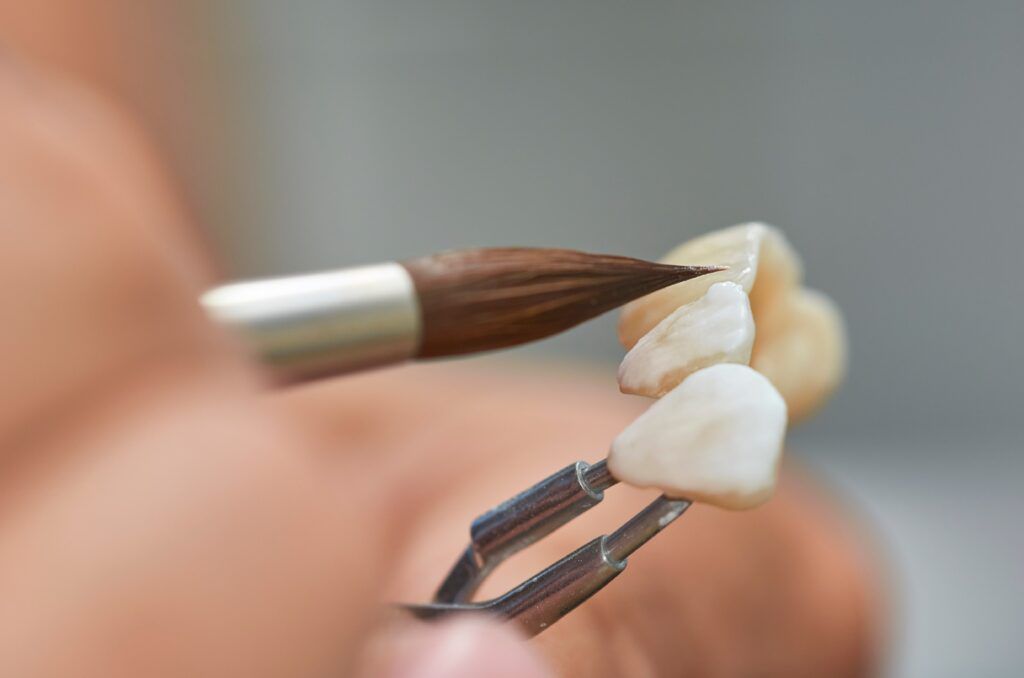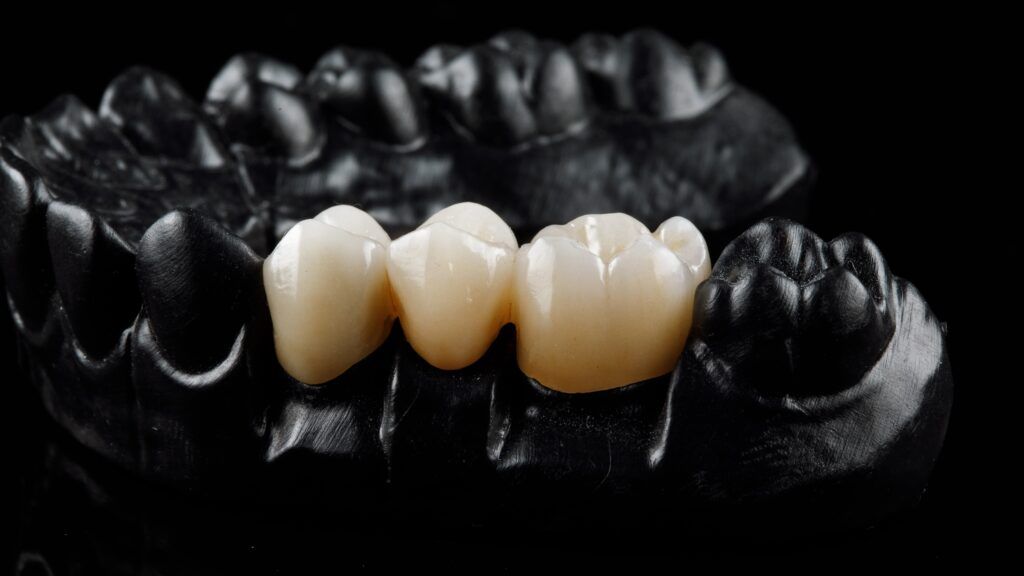Imagine a dental restoration that is flawlessly crafted, perfectly fitting, and made with the highest quality materials. However, if its color does not match the natural teeth, the result can be disheartening. Color matching is a critical aspect of aesthetic dental restorations, as it directly influences the success and satisfaction of patients. The ability to recreate the complex hues, values, translucencies, and chroma of natural teeth is what sets apart an ordinary restoration from an extraordinary one. In this blog, we will explore the importance of color matching in aesthetic dental restorations, shedding light on the challenges it poses, the techniques and technologies employed, and its impact on patient perception and long-term aesthetics.
Understanding Color in Dentistry:
Color science and the variations in natural tooth color play a significant role in the intricate process of color matching in dental restorations. Understanding the principles of color science and the inherent variations in tooth color is crucial for dental professionals to achieve accurate and aesthetically pleasing results. Let’s explore how color science and tooth color variations impact color matching in dental restorations.

Color science, also known as chromatics, is the study of color perception and the principles that govern its interaction with light. The perception of color is influenced by three main components: hue, value, and chroma. Hue refers to the dominant wavelength of light, which determines the color family (e.g., red, yellow, blue). Value refers to the lightness or darkness of a color, while chroma represents the intensity or saturation of a color. Understanding these elements helps dental professionals assess and replicate the intricate color variations present in natural teeth.
Natural teeth exhibit a remarkable range of color variations due to several factors, including genetics, age, lifestyle habits, and even environmental influences. These variations can be observed in terms of hue, value, and chroma. Hue variations manifest as slight differences in color families, ranging from cool to warm tones. Value variations are evident in the lightness or darkness of teeth, with younger teeth generally being lighter and more translucent than older teeth. Chroma variations refer to the intensity of color, with some teeth exhibiting more vibrant or subdued shades.
The challenge in color matching dental restorations lies in replicating these complex variations accurately. Dental professionals need to carefully assess the patient’s natural tooth color and consider the specific shade, translucency, and chroma present in the surrounding dentition. Additionally, they must account for any inherent variations within the patient’s teeth to achieve a seamless blend with the restoration.
To address these challenges, dental professionals employ various techniques and tools. Visual shade matching, using shade guides, is a traditional but subjective method that relies on the dentist’s perception and interpretation of color. However, advancements in digital shade matching systems have provided more objective and precise measurements. These systems use advanced imaging technology to capture the color of natural teeth and provide data on hue, value, and chroma, facilitating a more accurate shade selection process.
It’s important to note that tooth color can be influenced by environmental factors, such as lighting conditions. The phenomenon of metamerism, where colors may appear differently under different lighting sources, poses a challenge in color matching. Dental professionals must carefully consider the lighting environment in which the restoration will be viewed to ensure optimal color reproduction and patient satisfaction.
Furthermore, tooth color variations in adjacent teeth can pose challenges in achieving color harmony. Dental professionals must carefully assess the shade and color transitions between adjacent teeth and consider strategies to blend restorations seamlessly, such as layering techniques or customized shading.
The Importance of Color Matching:
Color matching holds immense importance in aesthetic dental restorations, as it directly influences the overall success and satisfaction of patients. Aesthetic dental restorations aim to create a seamless integration between the restoration and the natural dentition, resulting in a smile that appears natural and harmonious. Here are some key reasons why color matching is crucial in aesthetic dental restorations:
- Enhancing Patient Satisfaction: Color-matched restorations have a significant impact on patient satisfaction and confidence. When restorations seamlessly blend with the surrounding teeth, it creates a sense of harmony and unity within the smile. Patients feel more comfortable and confident in their appearance, which can have a positive effect on their self-esteem and overall well-being. On the other hand, noticeable color discrepancies can be disappointing for patients, leading to dissatisfaction with the outcome of the restoration.
- Achieving Natural Aesthetics: The goal of aesthetic dental restorations is to recreate the natural look of teeth. Natural teeth possess a complex interplay of hues, values, translucencies, and chroma. Achieving an accurate color match ensures that the restoration mimics the natural dentition, providing a seamless blend with the surrounding teeth. The restoration becomes virtually indistinguishable, allowing patients to enjoy a beautiful, natural-looking smile.
- Psychological Impact: The color of teeth has a profound psychological impact on individuals. Society places a high value on a bright, white smile, and patients often seek dental restorations to improve their appearance. Color-matched restorations contribute to a positive perception of oneself and can enhance social interactions and self-confidence. Conversely, restorations that do not match the natural teeth can draw unwanted attention, leading to self-consciousness and diminished confidence.
- Professional Reputation: Color matching is an essential aspect of a dentist’s professional reputation. Patients seeking aesthetic dental restorations have high expectations for natural-looking results. Dentists who consistently deliver color-matched restorations demonstrate their attention to detail, artistic skill, and commitment to patient satisfaction. Positive experiences and word-of-mouth referrals from satisfied patients are crucial for building a reputable practice.
To achieve accurate color matching, dental professionals employ various techniques and technologies. Traditional methods, such as visual shade matching using shade guides, still play a role, but advancements in digital shade matching systems have improved precision and objectivity. These systems use advanced imaging technology to capture and analyze the color of natural teeth, enabling more accurate shade selection based on objective measurements.
In Conclusion
In conclusion, color matching is of paramount importance in aesthetic dental restorations. It significantly impacts patient satisfaction, the achievement of natural aesthetics, and the professional reputation of dental practitioners. By accurately replicating the natural color of teeth, dental professionals can provide patients with restorations that seamlessly blend with their natural dentition, resulting in enhanced aesthetics and increased patient confidence. The meticulous attention to color matching ensures that each restoration is a work of art, bringing smiles to the faces of patients and dental professionals alike.

Dr. Sadati possesses extensive experience in all aspects of advanced restorative dentistry, with an emphasis in cosmetic and implant dentistry. He has attained Accredited Fellow status in the American Academy of Cosmetic Dentistry (AACD), the most rigorous, demanding credentialing process in the world. He is the only AACD Accredited Fellow in South Florida.


